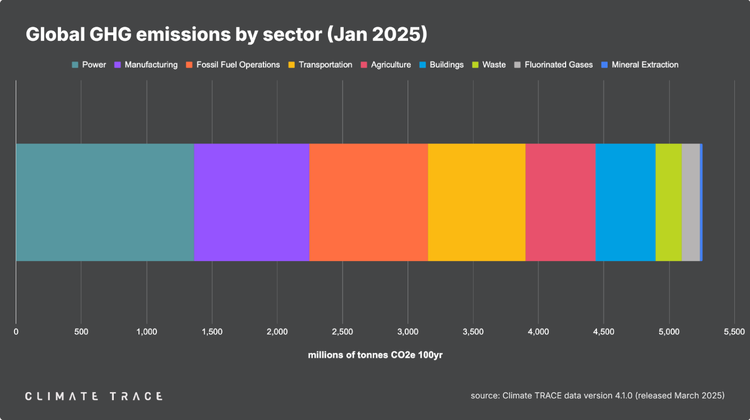Wells Fargo begins developing transition finance framework

US bank Wells Fargo has started developing a framework to define and monitor transition finance activity as part of its sustainable finance approach.
The bank said in its latest climate report that in 2023 it began working on “a definition and approach for transition finance that considers a broad scope of activities necessary to enable real economy transition”, to be integrated into its business practices, along with banker training and data management.
While no single definition of transition finance has emerged, Wells Fargo is drawing inspiration from the EU Sustainable Finance Taxonomy, the Glasgow Financial Alliance for Net Zero (GFANZ) Consultation on Transition Finance Strategies, and Japan’s Basic Guidelines of Climate Transition Finance to create its own approach.
According to research by Bain and Company, banks could generate US$44 billion of extra revenue annually through 2030 by financing the climate transition, primarily through corporate loans.
Sustainable finance goals at Wells Fargo
Wells Fargo’s work on transition finance forms part of its overall sustainability strategy, led by Chief Sustainability Officer Robyn Luhning. It also includes a goal of providing US$500 billion in sustainable finance by 2030, with US$178 billion already deployed as of 2023.
Beyond that, the California-based bank is aiming to achieve net zero emissions by 2050, with interim goals for both operational and financed emissions.
For Scope 1 and 2, Wells Fargo is targeting a 70% reduction by 2030, and has so far achieved 36% of this goal. Operational decarbonisation will be partly achieved by improving energy efficiency and transitioning from renewable energy certificates (RECs) to long-term renewable power purchase agreements (PPAs) to cover electricity needs. So far, direct PPAs make up just 6% of the bank’s power consumption.
In 2023, the bank created an internal management reporting mechanism to monitor 2030 operational sustainability goals progress. It also purchased and retired more than 86,000 carbon credits from the Verified Carbon Standard (VCS) and the Climate Action Reserve (CAR).
In terms of financed emissions, Wells Fargo has set interim 2030 targets for five carbon-intensive sectors: oil and gas (26% reduction in absolute emissions from a 2019 baseline of 97.7 million tonnes of CO2 equivalent) and power (60% intensity reduction from 2019 baseline of 253 kg CO2e/MWh), as well as automotive, steel, and aviation.
Wells Fargo fossil fuels financing
The bank is ranked as the fifth top fossil fuel financiers by the Banking on Climate Chaos report – but it has reduced this activity consistently since 2021. In 2023, Wells fargo provided about US$30.3 billion to the fossil fuel industry.
Its coal policy is considered to be lagging behind other global banks, as it only excludes new coal mines and new coal plants, as well as some coal mining companies “based on a very weak threshold”.
“Wells Fargo must urgently exclude all coal developers, adopt stringent exclusion thresholds at the corporate level, and detail an overall strategy to fully exit coal at the latest by 2030 in Europe/OECD, and 2040 worldwide,” says the Rainforest Action Network in its Coal Policy Tracker.







Member discussion